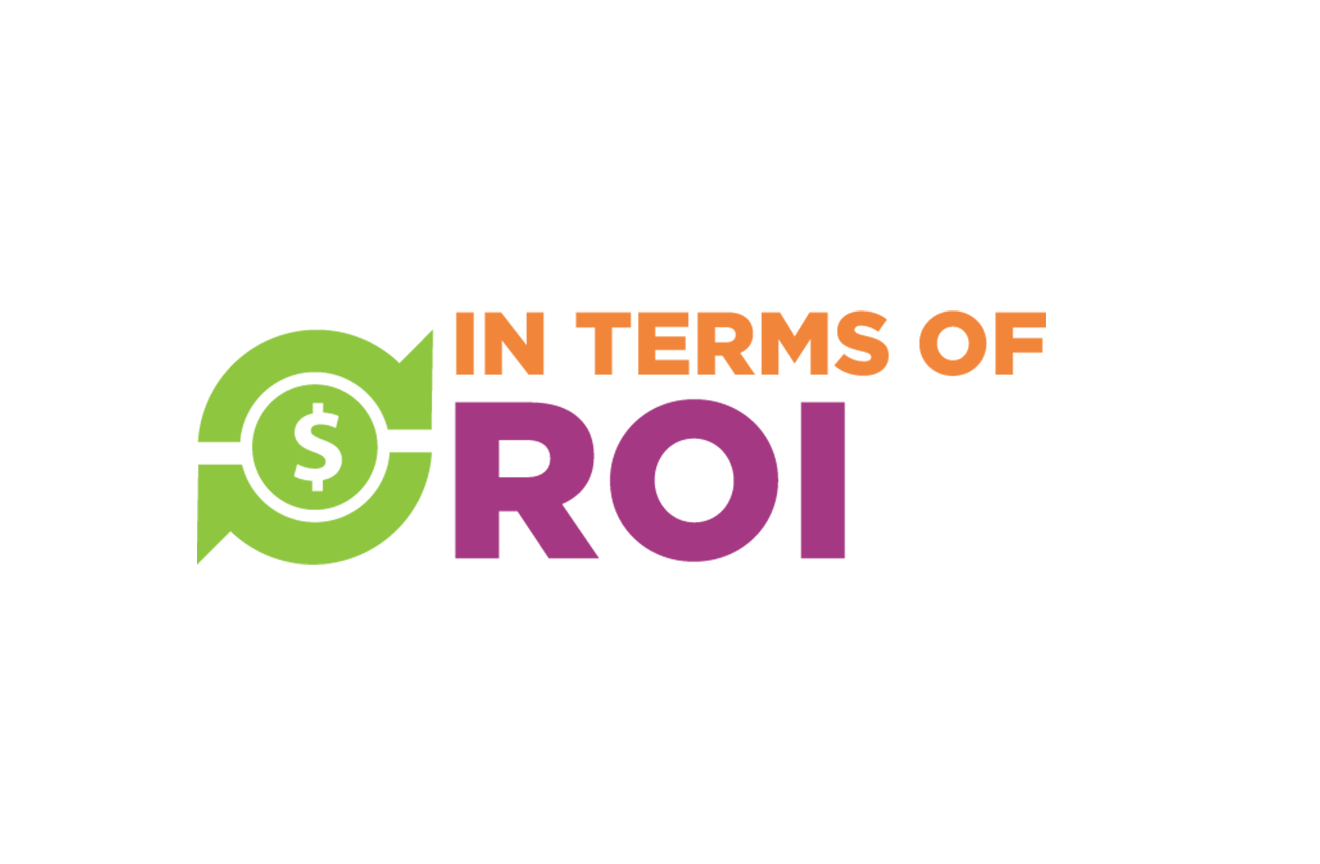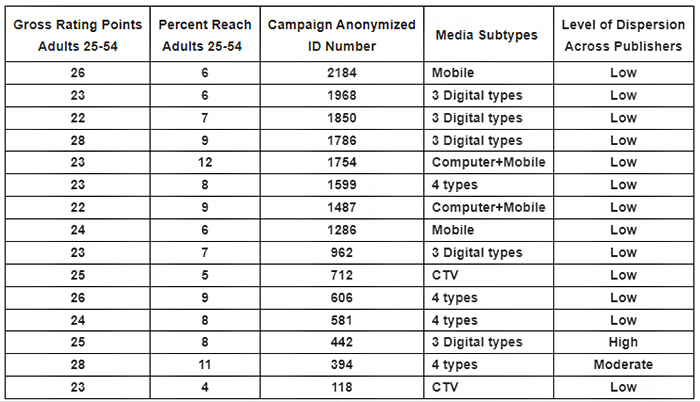How to Maximize Cross-Platform Reach for Really Small Campaigns

Why start with really small campaigns? For one reason, in my earlier report I had focused on really large campaigns, in the range of 2000-3500 GRPs.
A second reason to investigate how to maximize cross-platform reach on really small campaigns, say around 25 GRPs, is to empower the use of in-market pre-launches of new creative. Not only whether to put more money behind the new execution(s), but also where are they performing best. So as to inform a higher performance buy when the launch goes full-scale.
This analysis is again based on Nielsen ONE Ads, and I undertook it not just to write about it but in order to learn how to evolve the product so as to maximize its positive decision impact. Here I wear the hat of Bill Harvey Consulting, Inc., and with Nielsen’s permission, report transparently on the findings of the investigation.
Nielsen ONE Ads is the company’s Cross-Platform measurement system, and it has a long roadmap of evolution ahead, which this inquiry serves. It integrates all of Nielsen’s digital data with the national big data + panel metrics and is focused on the post-evaluation of cross-platform campaigns. (There are two other versions for convenience of clients, TV in one is panel only, TV in the other is big data at subminute level.) It’s not currently designed as a planning tool, but my articles have demonstrated that Nielsen ONE Ads today can be used for planning. However, Nielsen is currently in the development stages of integrating planning capabilities and will have more to share next year. Today’s article will continue the series, reporting the generalizable learnings which can be applied by any marketer.
The lens of the new platform is to divide the world into linear TV, CTV, computer, and mobile. The ability to optimize the allocations across those types, and to know how much dispersion you can afford across publishers within each type, is the aim of these analyses.
There are now over 45,000 client campaigns in Nielsen ONE, and my analyses have been focusing on a random subsample of 2267 campaigns. I’ve arbitrarily been using A25-54 as the target.
As we look over the database of 2267 we see 15 campaigns between 22 and 28 GRPs.
Analyzing the 15 campaigns we see that the reaches achieved range from 4% to 12%.
The campaigns in which linear television was used averaged 9% reach while campaigns without linear television averaged 6%.
The vast majority of these campaigns were not dispersed enough to convert GRPs into reach faster. True, in a small buy, it’s hard to buy many publishers, but it can be done. The campaigns that were not Low in dispersion averaged a 10% reach.
There were two campaigns which used only Computer plus Mobile which averaged an 11% reach. This surprised me because typically campaigns which buy neither linear nor CTV have reaches in the single digits, especially at these low GRP levels. I thought of a way it could be done, if one had a fully integrated ID graph combining all of the avails across computer plus mobile, and imposed strict frequency capping.
The highest reach achievers tended to be associated with linear TV or the two apparently well-executed computer plus mobile campaigns.
The lowest reach achievers tended to be the campaigns that went with a single media type, who averaged a 5% reach.
The optimal schedule would include all four media types, allocated in proportion to their maximum reach top-off levels. And within each of the four media types, the dispersion target should be ten or more platforms/publishers per media type. Strict frequency capping will be essential.

TRA work with Mars and others determined that ROAS could be increased an average of +52% by fast in-market sales measurement of new creative. Learnings make improvements for both creative and media.
In future analyses we will continue to probe at all campaign levels, what tactics are most likely to increase cross-platform reach at the same budget level.
Posted at MediaVillage through the Thought Leadership self-publishing platform.
Click the social buttons to share this story with colleagues and friends.
The opinions expressed here are the author's views and do not necessarily represent the views of MediaVillage.org/MyersBizNet.


